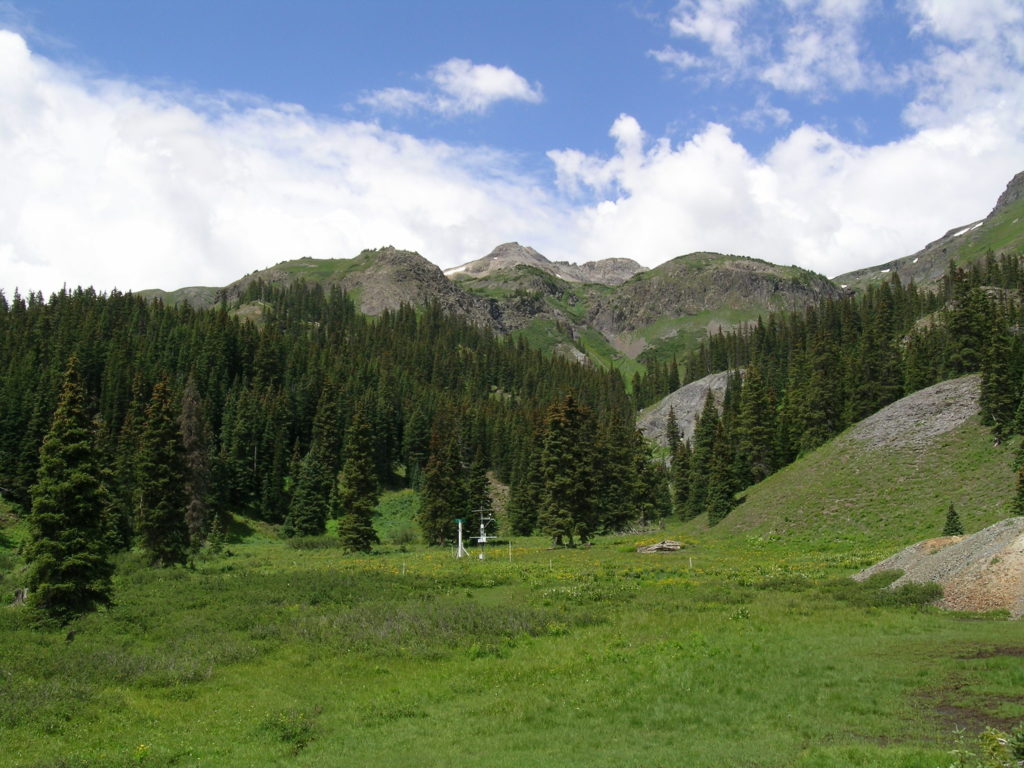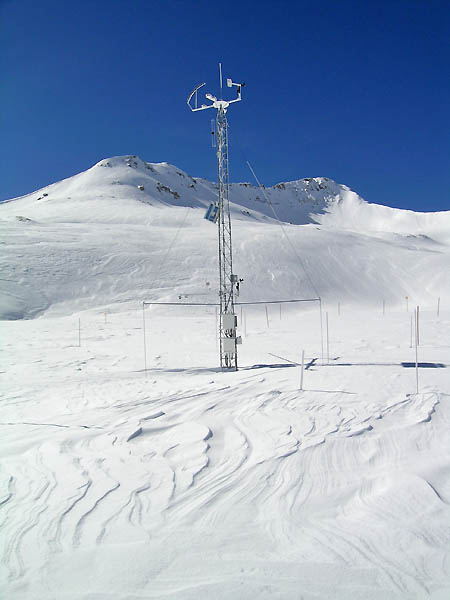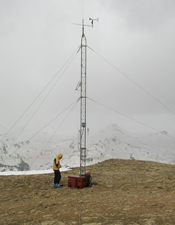Premise
THE PREMISE BEHIND CSAS
When viewed holistically, as an Earth surface system driven by complex interactions over space and time between the atmosphere, lithosphere, cryosphere, and anthrosphere, the alpine snow system requires new insights into its behavior and crucial role in all mountain systems. Mountains, via their seasonal snowpacks and other cryospheric reservoirs, are the “water towers of the world.” In the western United States, 50-80% of the water supply descends from the sky in the form of seasonal mountain snows. Globally, more than a billion people depend on the snow system for water supplies. Understanding the seasonal delivery and distribution of mountain snowcover, the snowpack storage and release of water, the role of ablation, the biogeochemical role of the snow system, and the effects of climate on those processes, are clearly of increasing importance to the American West and to snowmelt-watered regions everywhere.
The interannual variability of the snow resource, and the possibility that climate change could cause substantial long-term changes in the distribution of seasonal snow and other cryospheric reserves of water, require a thorough analysis of snow’s relationshipto economies of regions and enterprises that depend on snow or its runoff. Further, as settlement in mountain regions increases, the snow system increasingly poses hazards – such as snow avalanches and floods – to residents, recreationists, travelers, and human investments. Therefore, the study of how snow system processes work and change over space and time, is fundamental to understanding how the mountain realm’s ‘music of spheres’ influences human/environment relationships, and to developing effective policies for apportioning snowmelt resources or coping with winter hazards.
—
In accordance with Federal law, this institution is prohibited from discriminating on the basis of race, color, national origin, sex, age, or disability.




